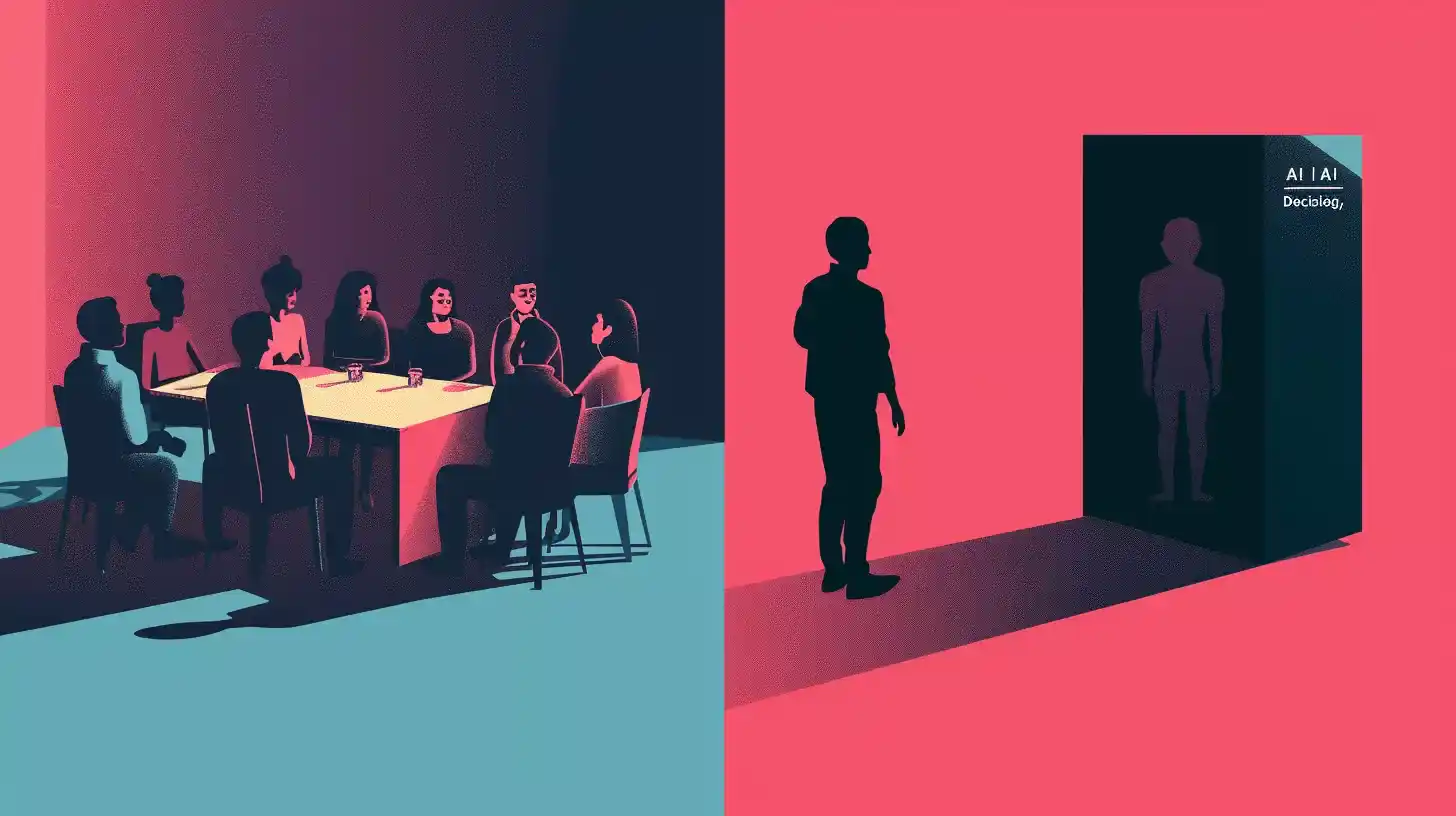Table of Contents
AI Benchmark Blitz: AI is leaving us in the dust. A recent report by Stanford’s Human-Centered AI Institute paints a startling picture: machines are rapidly conquering benchmarks that once seemed insurmountable. From image recognition to basic reading comprehension, AI has surpassed human capabilities in a surprisingly short time. This rapid progress is forcing researchers to create new benchmarks, not to measure competence, but to pinpoint areas where humans still hold an edge.
Progress and Pitfalls in AI Benchmark Blitz Development
Take advanced math, for example. In 2021, AI systems sputtered on challenging competition-level problems. But just two years later, a new model based on GPT-4 aced a whopping 84.3% of these problems. While humans still hold a slight lead (90%), the trajectory is clear: AI is catching up fast.
But it’s not all sunshine and silicon. AI still struggles with tasks requiring complex reasoning, like visual commonsense. Imagine showing a computer an image of a cat on a table and asking if it will jump off. While progress is being made, AI’s grasp of real-world context remains a work in progress.

Another hurdle? Truthfulness. Large language models (LLMs) are notorious for “hallucinations,” a polite way of saying they can fabricate facts. This can have real-world consequences, as a lawyer who used an LLM for legal research discovered when the judge tossed his case based on the AI’s invented legal citations.
Advancements and Innovations in AI Technology
However, there’s a silver lining. New AI Benchmark Blitz like TruthfulQA are helping LLMs become more honest. GPT-4, released this year, achieved a score nearly three times higher than previous models. This suggests AI Benchmark Blitz is slowly learning to distinguish truth from fiction.
The creative realm isn’t immune to AI’s influence. Text-to-image generation tools like Midjourney are churning out increasingly impressive visuals. Just look at how their depictions of Harry Potter have evolved in a mere 22 months! Researchers are even using AI Benchmark Blitz like HEIM to assess the quality, originality, and real-world applicability of AI-generated images.
The future of AI promises to be a wild ride. With groundbreaking releases like Suno, Sora, and GPT-5 on the horizon, entire industries are poised for transformation. While the report highlights the incredible progress AI has made, it also underscores the need for responsible development to ensure these powerful tools are used for good. Stay tuned for part two, where we’ll delve into the ethical considerations surrounding AI’s rapid evolution.
The Ethics of an Evolving AI Benchmark Blitz
The first part of this series explored the mind-blowing advancements in AI performance. But with great power comes great responsibility, as Uncle Ben so wisely reminded us (or a similar proverb existed long before Spider-Man). This section tackles the ethical considerations surrounding AI’s rapid rise.

One major concern is job displacement. As AI automates tasks previously done by humans, anxieties about unemployment are bound to rise. The report acknowledges this fear but also suggests that new opportunities will emerge in areas like AI development, oversight, and human-machine collaboration. Reskilling and upskilling initiatives will be crucial to ensure a smooth transition for the workforce.
Bias is another ethical landmine. AI algorithms are only as good as the data they’re trained on. If that data is biased, the resulting AI will be biased too. This could lead to discriminatory practices in areas like loan approvals, hiring decisions, and even criminal justice. Robust measures need to be put in place to ensure fairness and inclusivity in AI development and deployment.
Transparency is paramount. Often, AI decision-making processes are shrouded in a black box. This lack of transparency makes it difficult to hold AIs accountable for their actions. Explainable AI (XAI) research seeks to shed light on how these algorithms arrive at their conclusions. By understanding the “why” behind AI decisions, we can build trust and ensure responsible use.
The question of AI sentience also looms large. While the report doesn’t delve into the philosophical debate, it acknowledges the importance of developing ethical guidelines for artificial general intelligence (AGI), a hypothetical future AI that could potentially rival human intelligence. Open discussions with philosophers, ethicists, and AI researchers are crucial to navigating this uncharted territory.
The Stanford report concludes with a call for international collaboration. AI development is happening at a breakneck pace across the globe. Establishing shared ethical principles and best practices will ensure that AI benefits all of humanity, not just a select few.
AI is a powerful tool, and like any powerful tool, it needs to be wielded responsibly. By addressing these ethical considerations head-on, we can harness the potential of AI to create a better future for all.